Gary Chillingworth explains how you can get the most from your back garden air rifle shooting practice during lockdown...
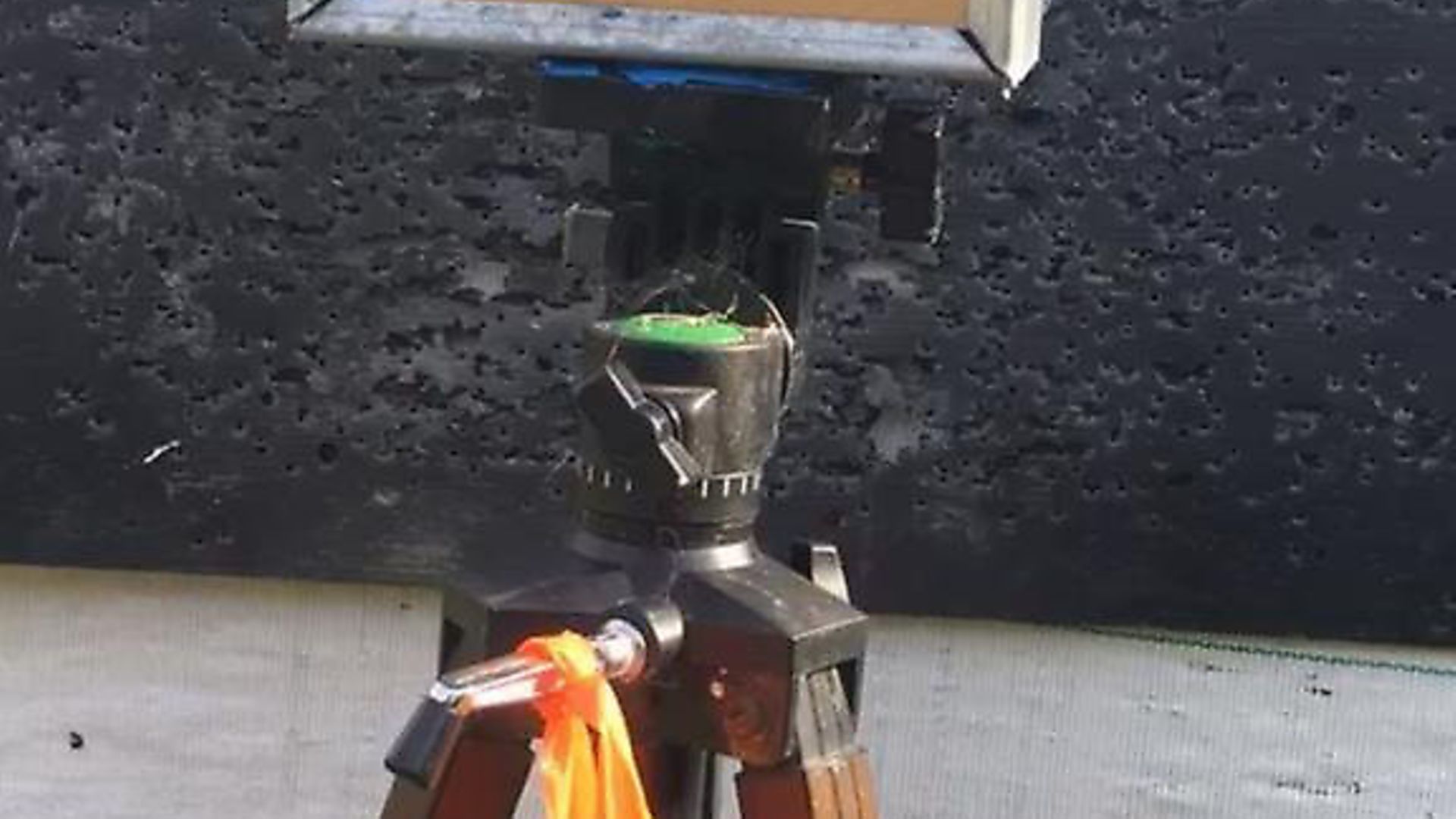 credit: Archant
credit: Archant
Hello everyone, I hope that you are all well and that you had a pleasant Christmas and New Year and that Santa brought you a huge collection of new shiny toys to play with. I must admit, I am slightly frustrated because this is the second time I have written this article. I finished and edited the piece and decided to reward myself with a coffee and a chocolate HobNob, but on return from the kitchen, I saw that the cat had curled itself up on my keyboard, with a paw resting on the delete key. For some reason, the auto-save was switched off and so I am now rewriting. So, if any of you want a 20-year-old cat called Fred, let me know.
Over Christmas, I had a great email from a young lad – ‘Hi Gary, I love the things you write and me and my Dad have just got into shooting. Could you give us some advice on how to shooter better in our garden, 15 metres, and how good should we aim to be? I have a Gamo Phox. Also, I read your piece about making a back-stop and if you don’t mind, we have made an improvement on your cardboard box design. Instead of using a box, we used a plastic sweet tin, we still filled it with mud, though. The plastic means we can leave it outside and when the plastic gets damaged, we just cover it with duct tape. We have also placed a paving slab behind, just in case a pellet gets through. All the best, Josh – aged 8’
I love emails like this! I have now made one of Josh’s backstops and it is far superior to my design, so thank you very much, and if any of you want to drop me a line, you can get me at: garychillingworth36@gmail.com
FUN TARGETS
As we are all now in lockdown once again, shooting in the back garden is becoming more and more important. Now, shooting in the garden is a long-lived tradition, but as houses get closer and closer together and people are stuck at home, we have to be mindful of the people around us and the constant, tink, tink, tink, of a pellet hitting a metal target could be like water torture to a neighbour. This is why a target like Josh’s is so important because the pellet will go through the plastic and into the mud or sand and it will be almost silent. If you have a Gamo Phox, or similar, and it’s fitted with a silencer, then it will make a noise like a slightly flatulent sparrow, and keeping quiet and discreet is a good skill to learn.
If you are lucky and have space around you, and noise is not an issue, though, then companies like Flopover.co.uk make great fun-to-shoot targets made from high-quality steel in many different shapes, and they will last for years. If steel is not an option, then Custom Targets is a great place to shop, too. They predominantly supply targets that are laser-cut from 3mm hardboard, and have shooting zones that are designed to be shot away, or shot through. They come in a multitude of designs from fighter jets to tanks, rabbits to rats, and my personal favourite the ‘Dead Eye’. This target has a mixture of 2mm kill zones to be shot away and other areas designed to be shot through, and will only disintegrate if hit. They also have chalk targets that explode on impact and shooting systems to help you improve. There is a huge selection of different designs and all you need to do is pick the one that matches your level of shooting, and the level of accuracy of your gun. Also, I must admit I have a huge amount of time for the owner, Nikki. She is one of those people who is just lovely, and nothing is ever too much trouble. I am always happy to say, ‘buy some targets and support a great business owned by nice people’.
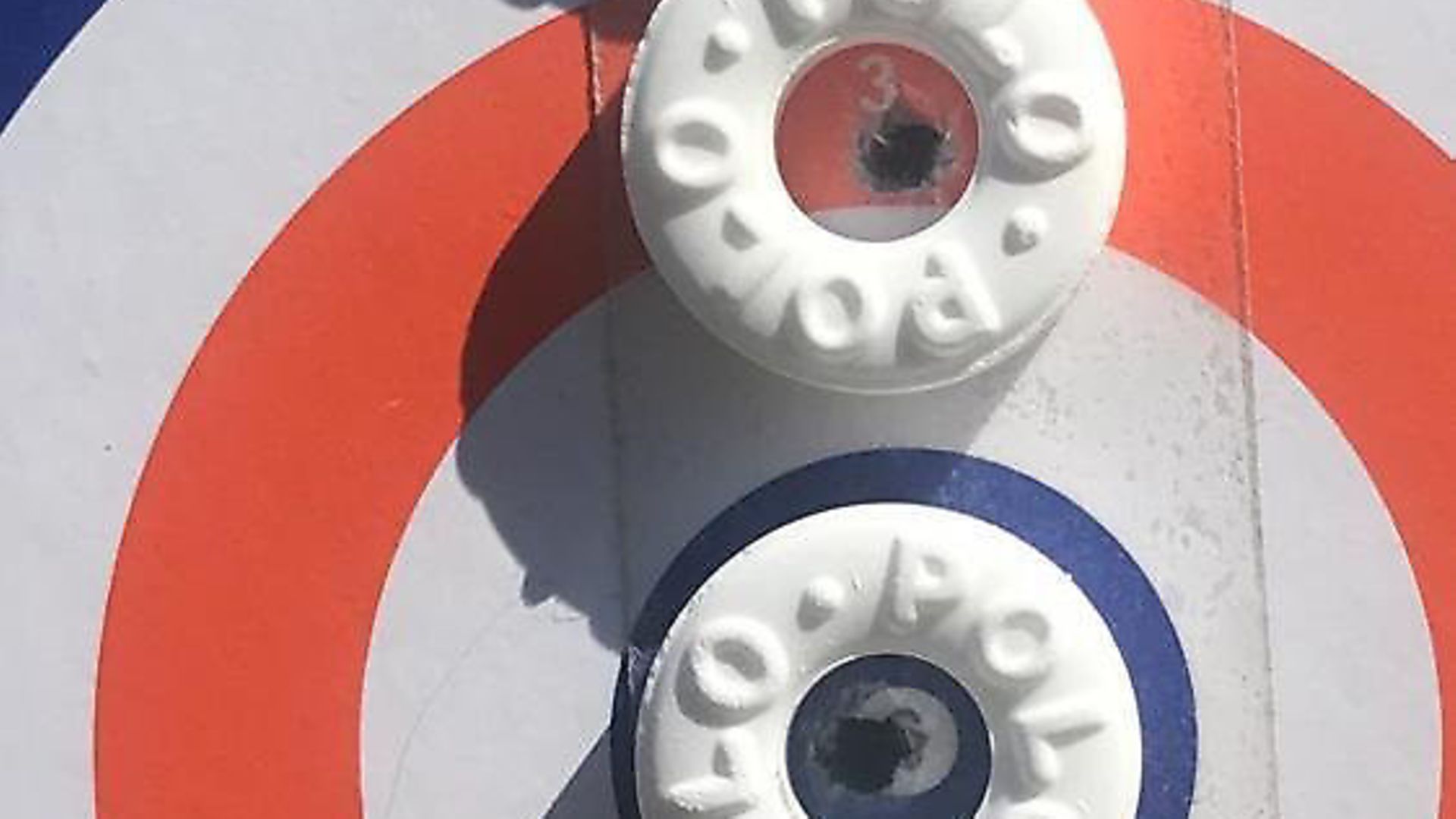 credit: Archant
credit: Archant
TRIGGER CONTROL
This brings us to Josh’s question and how to improve your short-range accuracy. Well, let’s start with the basics. Make sure your rifle’s is set up correctly. Make sure the scope is on tight – but not too tight, just nip the mounting screws up – and that it’s level, using a plumb line. Check that you are shooting in the rifles sweet spot, often between 110 and 180bar on most unregulated rifles. Check that the pellets you are using fit your rifle and are undamaged, and after checking that the rifle is not loaded, make sure the scope’s ocular and objective lenses are clean.
Now that you have your rifle full of air, with good pellets and a back-stop, shoot a string of shots to make sure that the rifle is doing what you expect it to do; at 15 yards, most of the pellet strikes should be touching, and now comes the fun part – I need you to start to miss targets!
Take your normal position, aim at the centre of the target, and snatch the trigger – don’t squeeze it, snatch it and see what it does. After doing this a few times, take the same shot again, but slowly pull the trigger, feel for the point where the trigger will break and hold there, then make a conscious decision to increase the pressure and fire the rifle. Do this repeatedly and learn the difference between pulling the trigger quickly and pulling it or squeezing it slowly. Try to use two separate groups and you will see the difference.
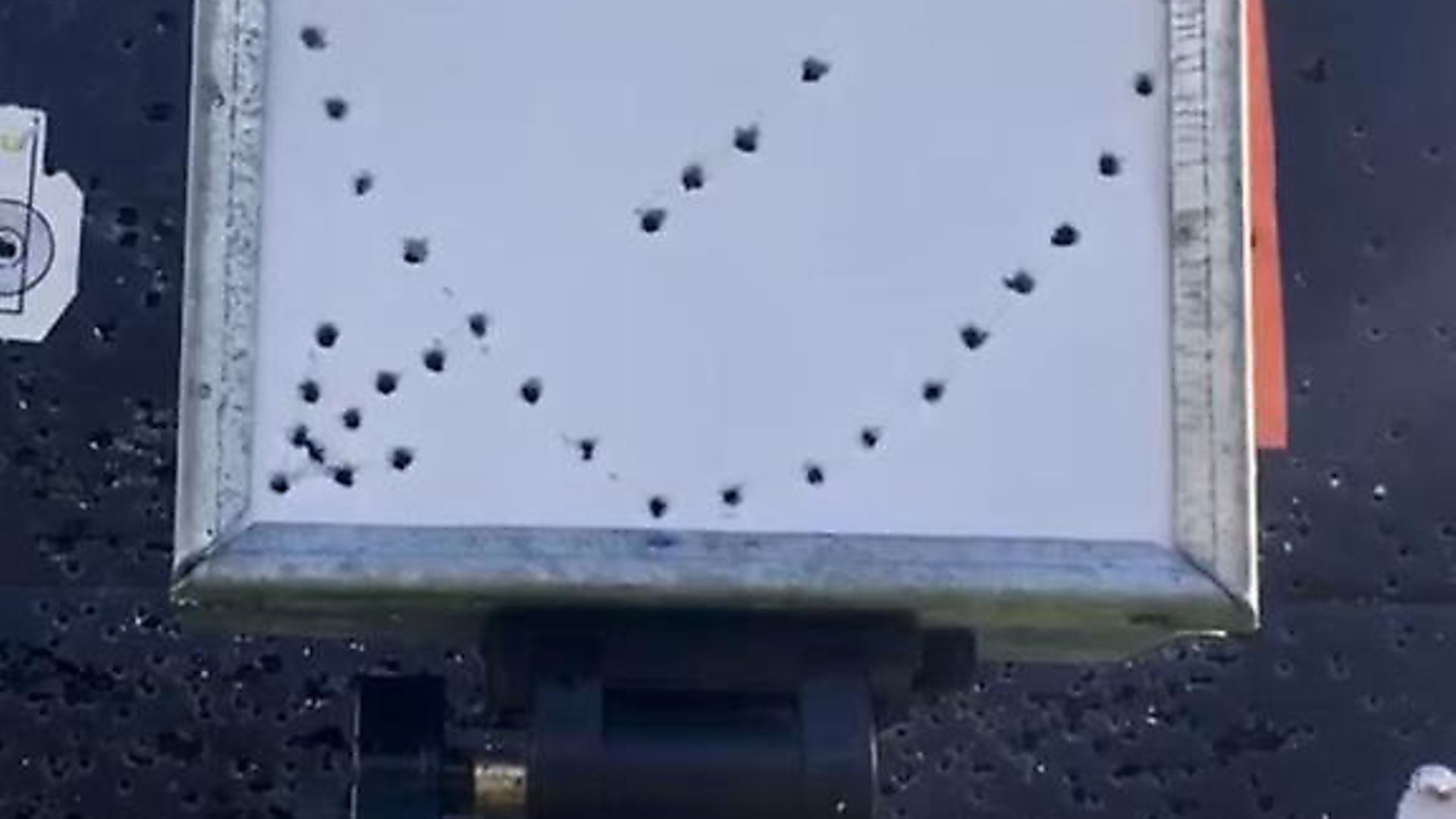 credit: Archant
credit: Archant
THREE MAIN ISSUES
Once you have worked on trigger control, try moving your head around and look through different parts of the ocular end of the scope to see how this changes the impact point of your pellet strikes. If you have a scope with adjustable parallax you might need to wind the scope back from say 15 yards to 8 yards, or nothing will happen. You will soon see that by moving your head slightly off centre you can induce parallax error and miss the targets. Next, try increasing pressure on one side of the fore end of the rifle, especially if you are shooting a springer, and see how having uneven pressure on the rifle can affect accuracy.
These are three of the main issues that new shooters struggle with, so learning and allowing yourself to miss will help you to recognise what can be going wrong with your accuracy.
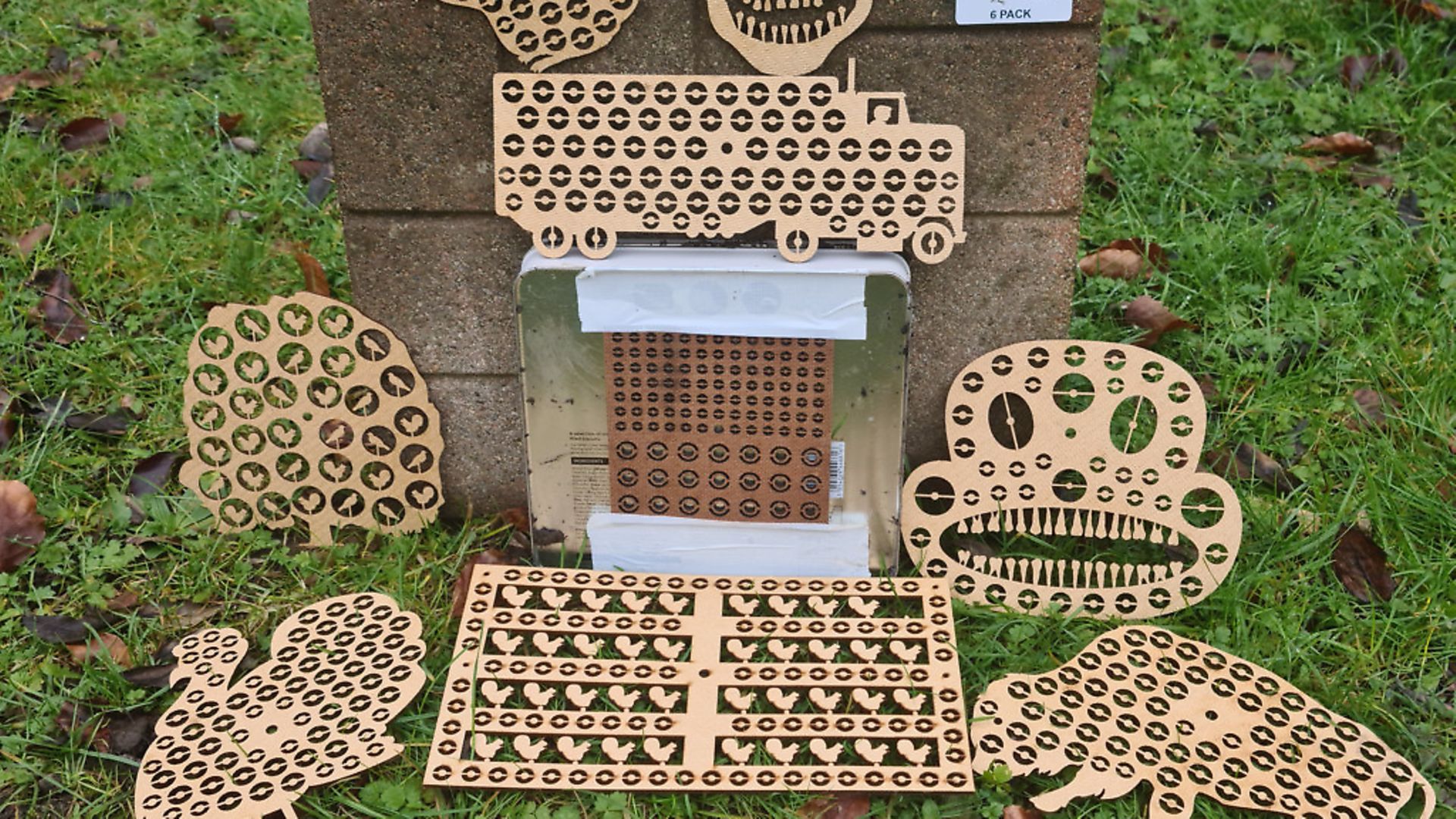 credit: Archant
credit: Archant
DELIBERATE MISTAKES
The next stage is to experiment with your kit. Take a pellet, bend the skirt and see what it does, then damage the head and see it miss by a mile. Then if you have a PCP and it runs best between 110 and 180bar, shoot it down to 80bar and see the pellet drop below its normal strike point. Just remember, though, if you shoot a PCP too low, it may dump all of its air and you will need to cock the rifle and refill – no fun if you are using a pump! In fact, that’s another good test. If you have a pump, shoot a string with a full rifle and then fill up the gun and shoot again and see how the physical exertion affects the way you shoot.
What I am trying to say is, do not be afraid to miss, as long as the pellet goes into the back-stop. You can learn so much from allowing yourself to experiment with poor shooting techniques because, in the long run, shooting badly and using bad habits will teach you to recognise good habits. I hope this has helped and I’m now going to save this article because the cat is looking at my keyboard again.
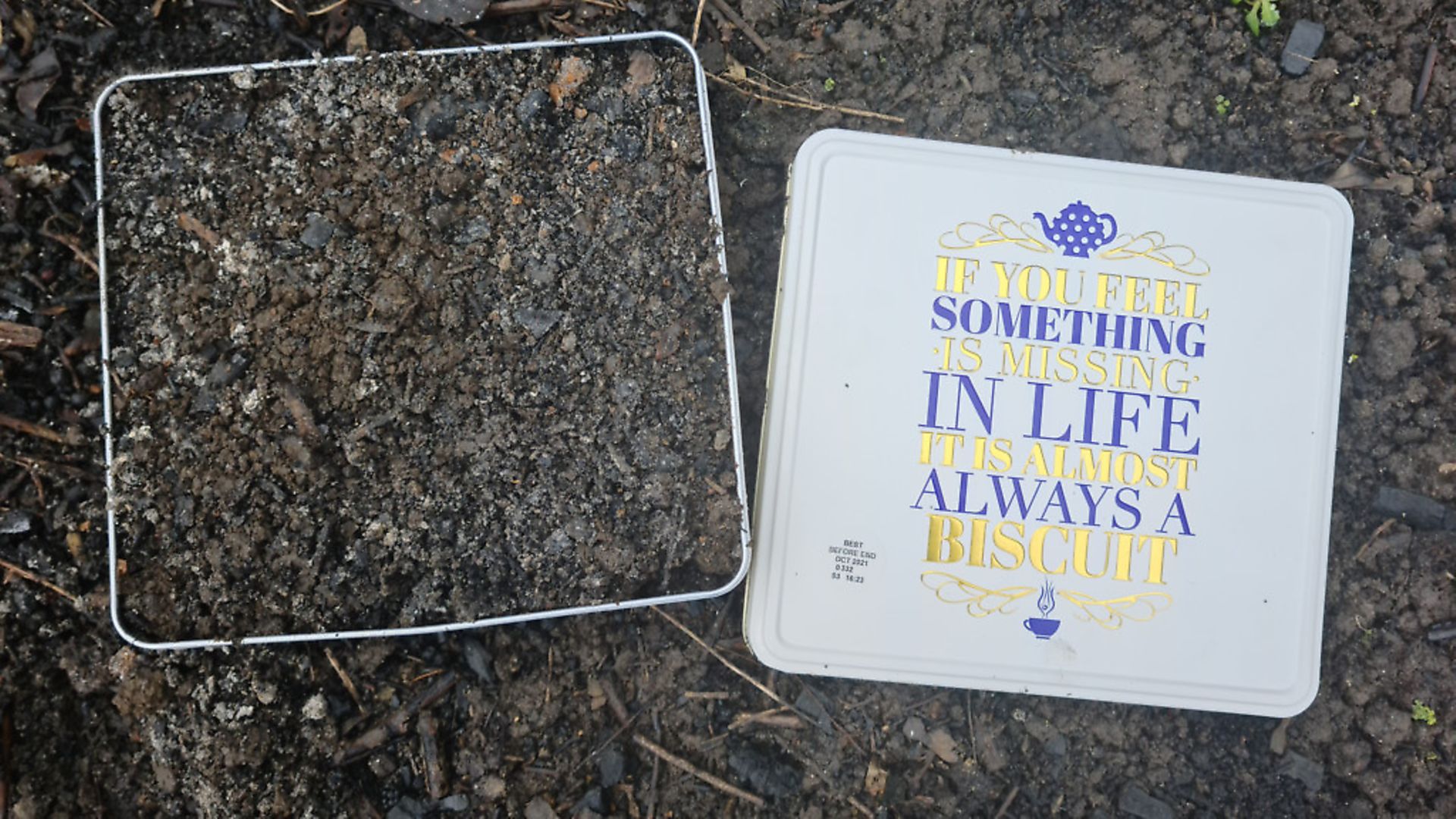 credit: Archant
credit: Archant
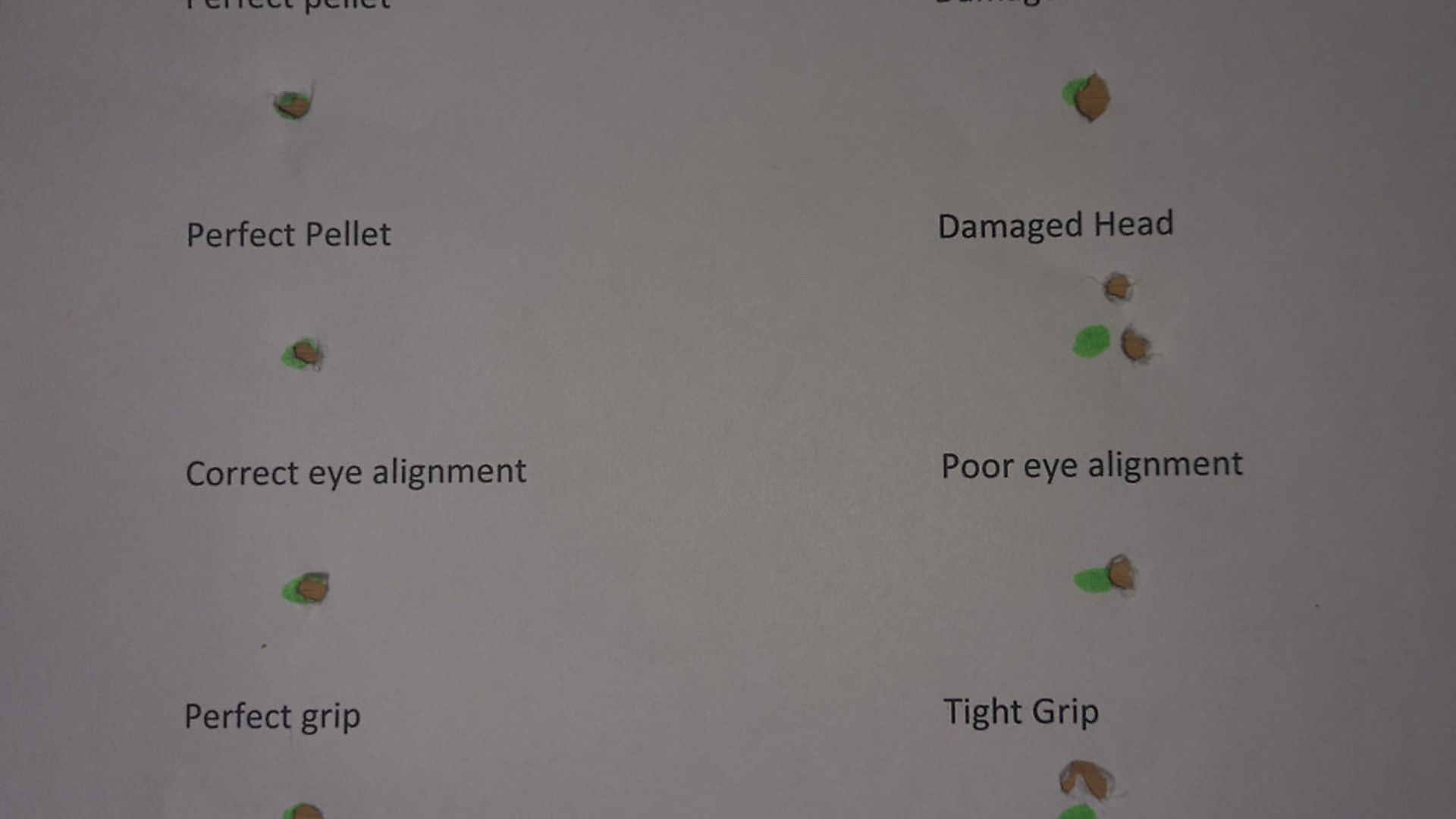 credit: Archant
credit: Archant
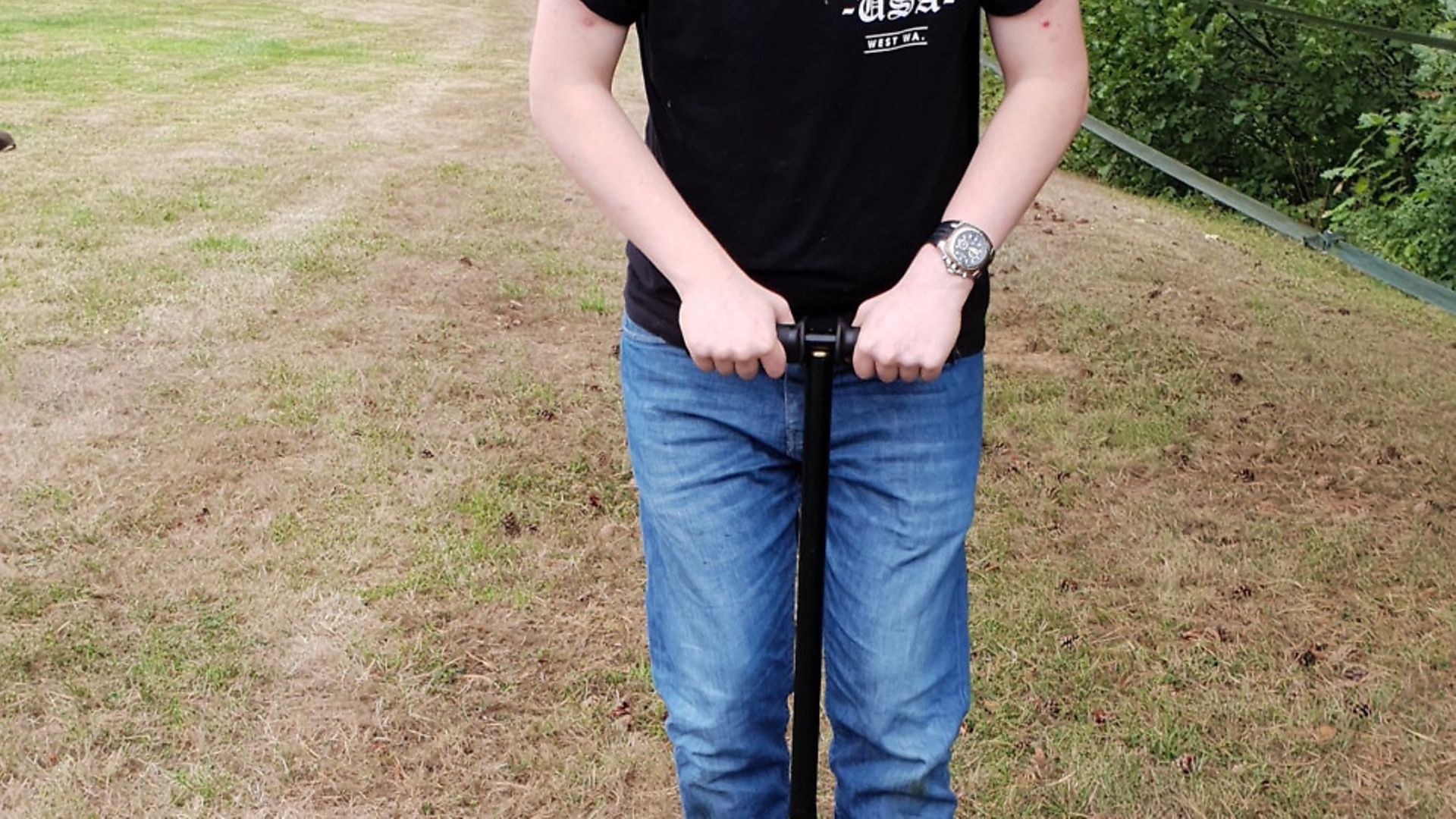 credit: Archant
credit: Archant
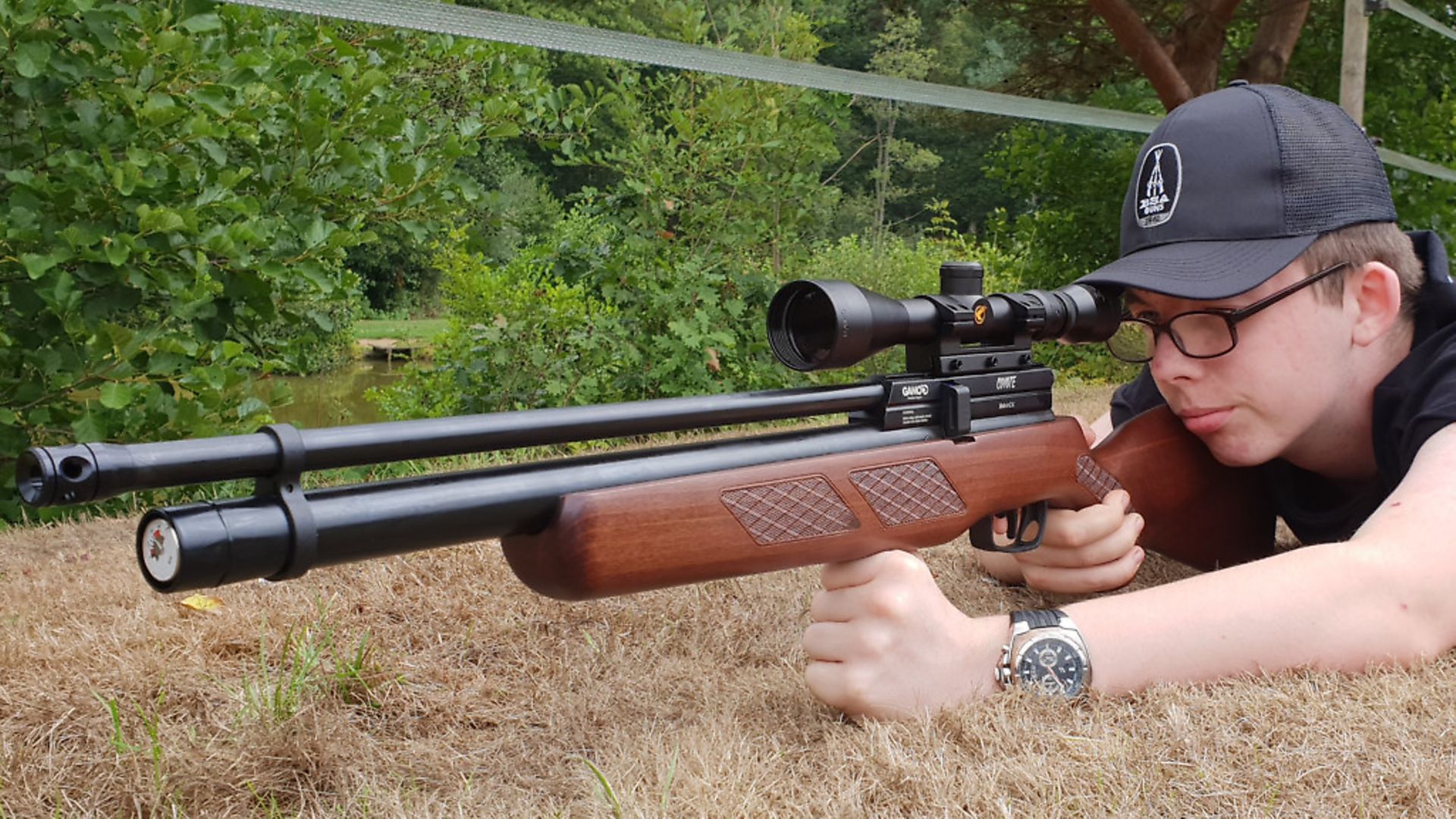 credit: Archant
credit: Archant
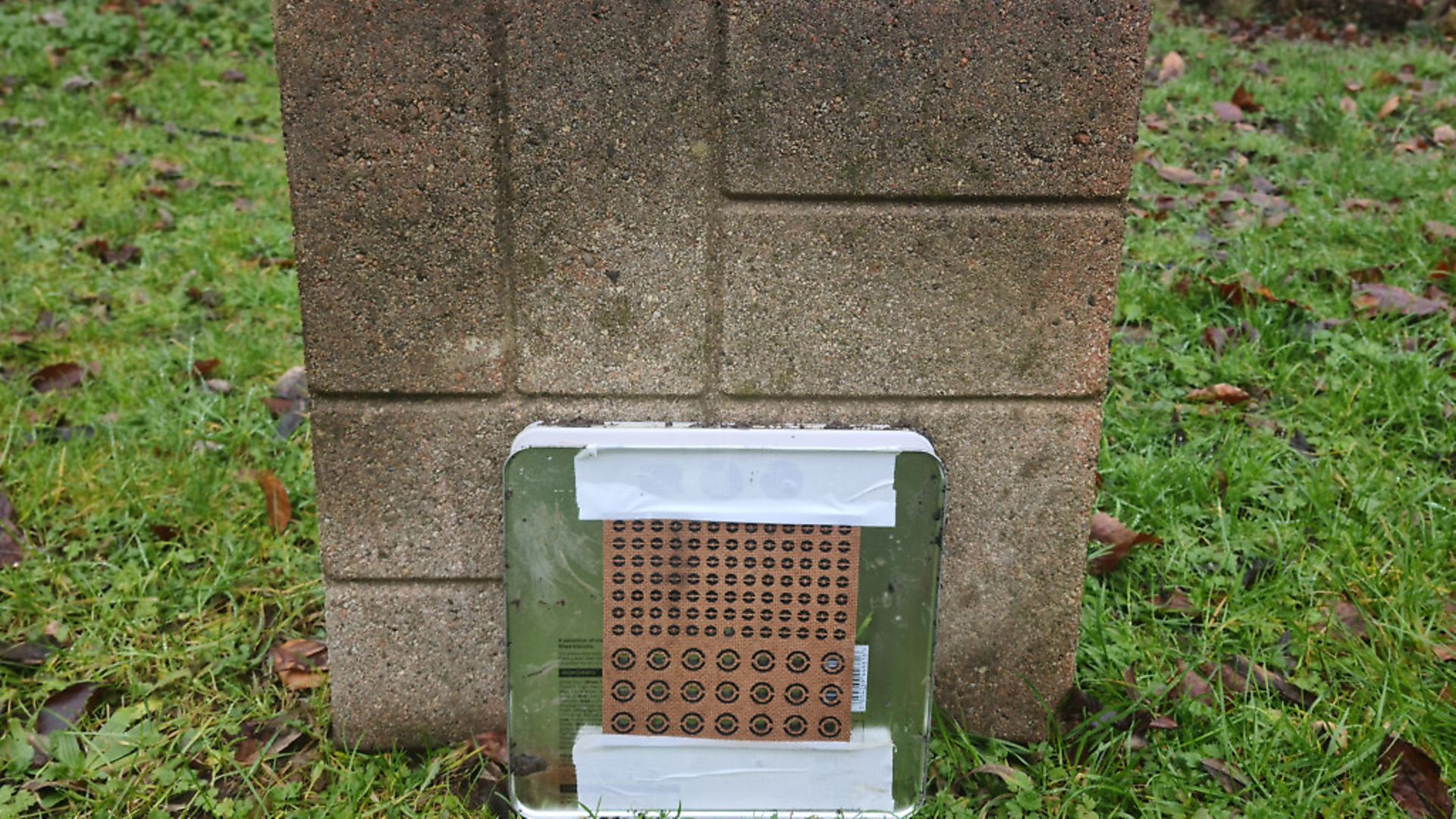 credit: Archant
credit: Archant